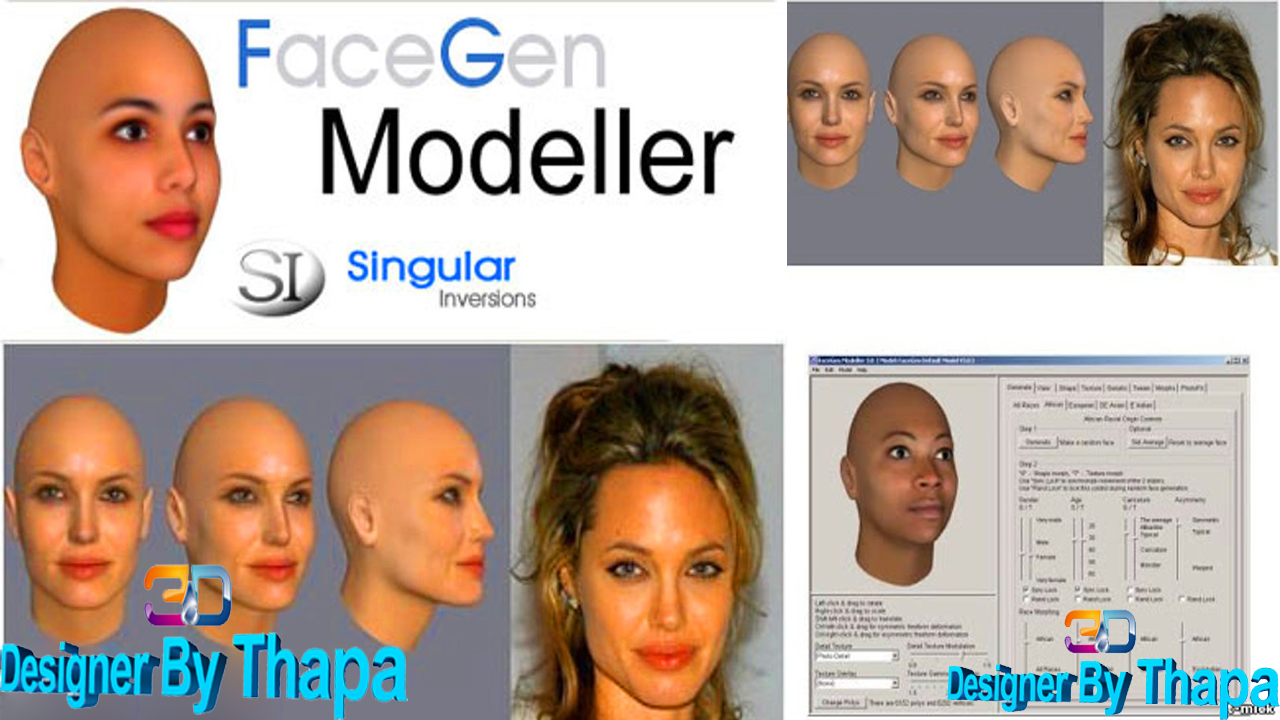

Eight male Long Evans rats were repeatedly exposed to a temporal transition between two gratings that changed in SF and had either the same (control SF) or a different (swap SF) orientation. Here we investigated whether temporal contiguity learning also influences the basic feature detectors in lower levels of the visual hierarchy, in particular the independent coding of orientation and spatial frequency (SF) in primary visual cortex. At the neural level, transformation tolerance in monkey inferotemporal cortex is affected by the temporal contiguity statistics of the visual input. Despite these transformations primates can quickly and reliably recognize objects. The images projected onto the retina can vary widely for a single object. Size tolerance in human object-selective cortex is more robust to variations in input statistics than expected based on prior work in monkeys supporting the temporal contiguity hypothesis. However, temporal contiguity training did not affect size tolerance in LOC. In LOC, the representation of object identity was partially invariant to changes in size. Neural patterns in LOC and V1 contained information on size, similarity and identity. After the training phase, BOLD responses to each of the object images were measured in the scanner. According to the temporal contiguity hypothesis, and studies with a similar paradigm in monkeys, this training process should alter size tolerance.

In half of the trials, the object also changed identity when the size change happened. Participants (N = 23) were presented with sequences of images of "growing" and "shrinking" objects. Here we used fMRI in humans to test whether temporal contiguity training with natural and altered image dynamics can respectively build and break neural size tolerance for objects. The human visual system has a remarkable ability to reliably identify objects across variations in appearance, such as variations in viewpoint, lighting and size.


 0 kommentar(er)
0 kommentar(er)
